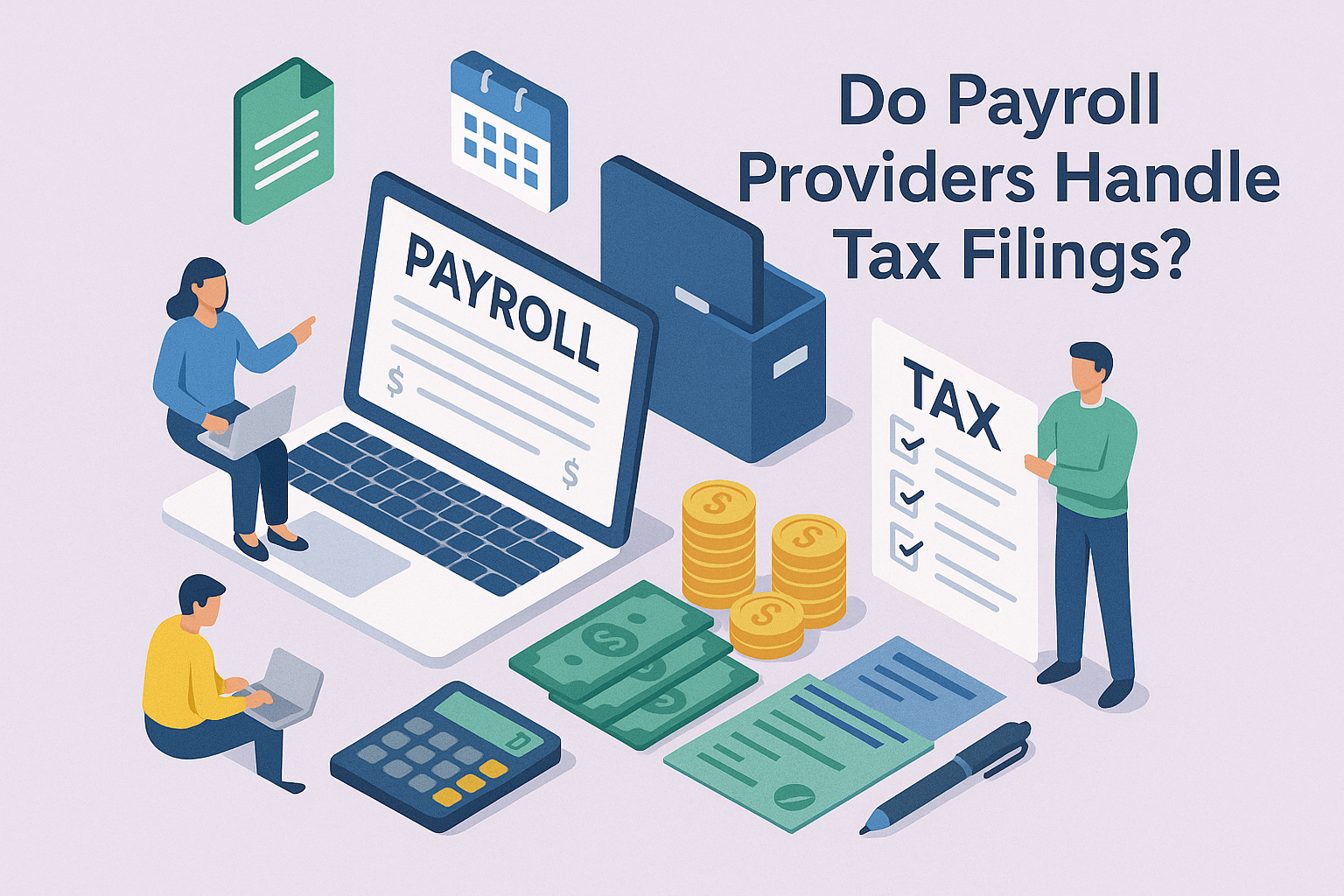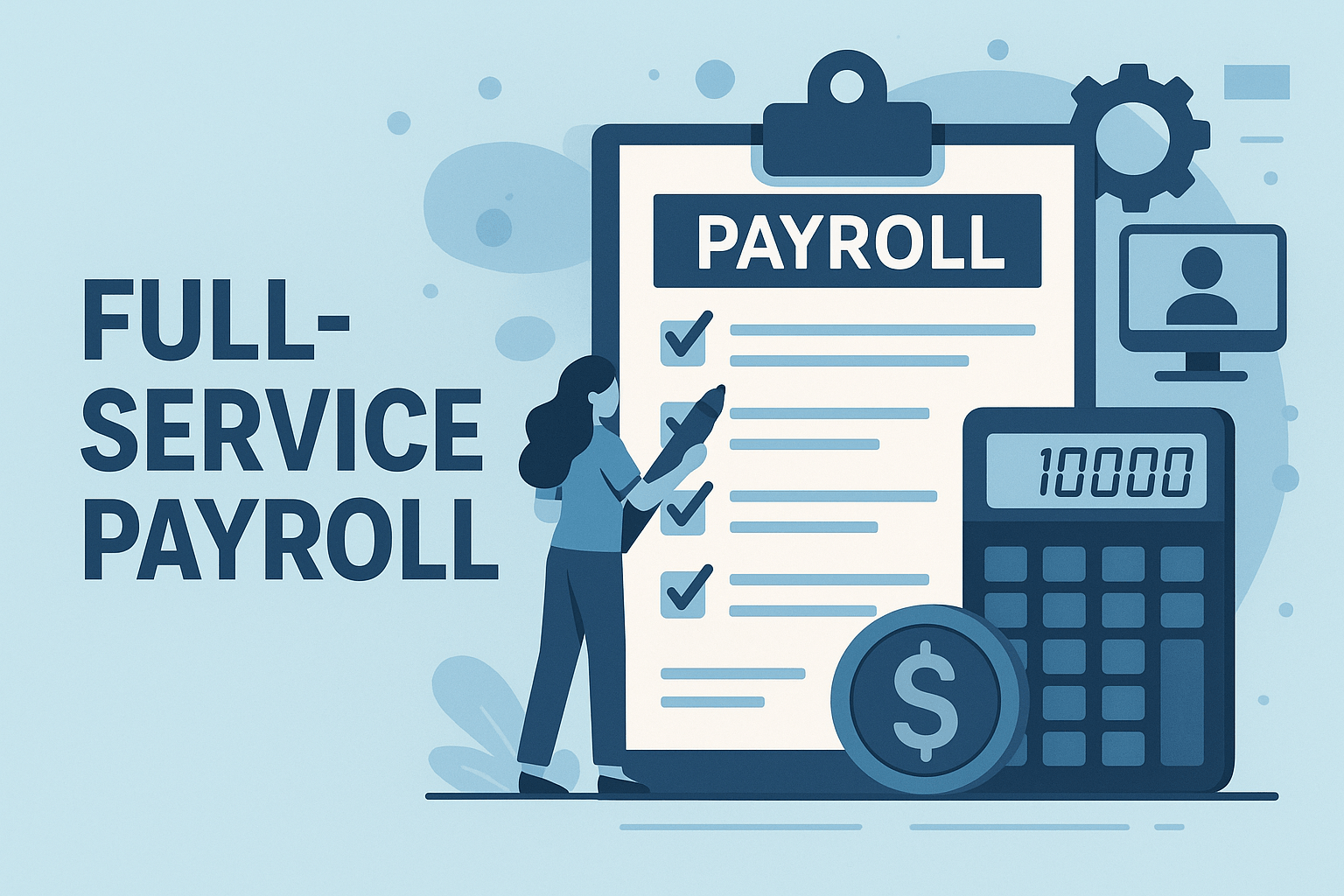2025 SUI Taxable Wage Base Updates: Essential Employer Guide
December 23rd, 2024
4 min read

Did you know that a single adjustment to your state’s unemployment insurance taxable wage base could increase your annual payroll taxes by thousands of dollars? For many employers, this isn’t just a minor update—it’s a significant financial shift that demands attention and preparation.
As 2025 approaches, states across the U.S. are introducing changes to their SUI taxable wage bases. While these adjustments are vital for supporting unemployment programs, they also pose potential challenges for businesses, from higher payroll costs to compliance risks.
At Lift HCM, we’ve guided countless businesses through payroll complexities like these. With years of expertise, we understand the stress these changes can bring—and we’re here to make it easier. In this guide, you’ll find everything you need to navigate 2025’s SUI taxable wage base updates with confidence.
Table of Contents
- What Are SUI Taxable Wage Bases?
- How Are Taxable Wage Bases Determined?
- Key Changes for the 2025 SUI Taxable Wage Bases
- Why Wage Base Changes Matter For Employers
- How To Calculate SUI Contributions
- How to Prepare for Wage Base Adjustments
- FAQs on SUI Taxable Wage Bases
- Preparing Your Business for SUI Compliance in 2025
What Are SUI Taxable Wage Bases?
SUI taxable wage bases set the maximum amount of an employee’s earnings that are subject to state unemployment taxes. For example, if your state’s wage base is $12,000, employers only pay SUI taxes on the first $12,000 of each employee’s wages.
These wage bases are essential for funding unemployment benefits, serving as a safety net for workers laid off through no fault of their own. Most states adjust their wage bases annually to reflect economic and budgetary conditions.
How Are Taxable Wage Bases Determined?
State governments consider several factors when setting their SUI taxable wage bases:
- Economic Conditions: In times of low unemployment, states often increase wage bases to build reserves for future downturns.
- Trust Fund Solvency: Wage bases are adjusted to ensure unemployment benefits remain sustainable.
- Legislative Actions: Some states index their wage bases to inflation, while others adjust them to meet budgetary or federal requirements.
Understanding these factors can help you anticipate changes and plan for the financial impact.
💡 Did You Know? The state with the highest taxable wage base for 2025 is Washington, with a whopping $72,800! This is more than 7x the base of Delaware, which sits at $12,500.
Key Changes for the 2025 SUI Taxable Wage Bases
In 2025, many states are implementing notable increases in their taxable wage bases, which directly impact employer costs. Below are some of the key changes:
| State | 2024 Wage Base | 2025 Wage Base | % Change |
| Alaska | $49,700 | $51,700 | +4.02% |
| Colorado | $23,800 | $27,200 | +14.3% |
| Connecticut | $25,000 | $26,100 | +4.4% |
| Delaware | $10,500 | $12,500 | +19.0% |
| Illinois | $13,590 | $13,916 | +2.38% |
| Oregon | $52,800 | $54,300 | +2.84% |
| Wyoming | $30,900 | $32,400 |
+4.85% |
| Washington | $68,500 | $72,800 | +6.3% |
Note: States with fixed wage bases, like California, remain unchanged, but employers in states with annual adjustments should be prepared for increases.
Pro Tip: Subscribe to PayStaye Update for the latest state and local compliance news from PayrollOrg.
Why Wage Base Changes Matter For Employers
Understanding these updates is critical because they directly affect:
- Higher Payroll Costs💰: Increased wage bases mean paying taxes on a larger portion of employee earnings.
- Compliance Risks : Outdated payroll systems may lead to errors, triggering penalties.
- Budget Adjustments 💼: Employers must factor these changes into their financial planning.
Proactively managing these shifts can safeguard your payroll process and minimize disruptions.
Below is a historical trends in SUI wage base percentage changes chart, showcasing year-over-year percentage changes from 2019 to 2025 for key states. Each line represents a state's trends, with markers highlighting significant fluctuations.

How To Calculate SUI Contributions
To calculate your SUI tax liability, follow these three steps:
- Determine Your State’s Wage Base: Find the taxable wage base for each state where you employ workers.
- Know Your SUI Tax Rate: This rate depends on your industry and experience rating.
- Multiply Wage Base by Tax Rate: Use this formula for each employee.
Example Calculation:
- State: Illinois
- 2025 Taxable Wage Base: $13,916
- Employer's SUI Tax Rate: 3.4%
- Employee's Annual Wages: $40,000
SUI Tax Liability = Taxable Wages × SUI Tax Rate
SUI Tax Liability = $13,916 × 3.4% = $473.14
The employer would owe $473.14 in Illinois SUI tax for this employee.
How to Prepare for Wage Base Adjustments
Staying ahead of SUI wage base changes requires strategic planning. Here’s what you can do:
- Update Payroll Systems 🖥️: Ensure software reflects new wage bases to avoid compliance issues.
- Coordinate with Payroll Providers : Confirm updates with your payroll partner if you outsource.
- Plan Your Budget💵: Anticipate increased tax costs and adjust your financial plans.
- Train Your Team 📑: Educate HR and payroll staff about the changes to prevent errors.
- Adopt Technology ☁️: Invest in tools like Lift HCM’s payroll solutions to streamline compliance and reporting.
FAQs on SUI Taxable Wage Bases
Q: Are SUI taxable wage bases uniform across states?
No, each state sets its own SUI taxable wage base, which can vary widely. For example, one state might have a wage base of $10,000, while another might set it at $60,000 or more.
Q: How do wage bases interact with tax rates?
Employers pay a percentage of the wage base as SUI tax. This percentage depends on the employer’s experience rating and state guidelines.
Q: Do multi-state employers need to follow different SUI taxable wage bases?
Yes, multi-state employers must adhere to the taxable wage bases and unemployment tax laws of each state where they have employees.
Q: How often does the SUI taxable wage base change?
Most states review and adjust the taxable wage base annually. Employers should check for updates at the beginning of each year to remain compliant.
Q: Can employers claim credits or deductions for SUI taxes paid?
Yes, employers may be able to claim a credit for SUI taxes paid when calculating their Federal Unemployment Tax Act (FUTA) liability, provided they meet certain conditions.
Preparing Your Business for SUI Compliance in 2025
Navigating 2025’s SUI taxable wage base changes requires preparation and the right tools. By staying informed, updating systems, and leveraging advanced payroll technology, you can ensure compliance and minimize costs.
At Lift HCM, we specialize in simplifying payroll processes for businesses nationwide. With our solutions, you’ll spend less time worrying about compliance and more time focusing on growth.
Ready to simplify your payroll and tackle SUI updates with confidence? Schedule a free consultation with Lift HCM today!
 If you are not yet ready to speak with a team member, you may find these resources helpful:
If you are not yet ready to speak with a team member, you may find these resources helpful:
Caitlin Kapolas is a results-driven professional with a strong background in account management and retail. She is dedicated to improving client experiences and building lasting relationships. Caitlin excels in identifying client needs, resolving issues, and implementing customized solutions that drive value. Her effective communication skills ensure high client satisfaction and loyalty, making her a trusted advisor and partner in meeting client needs with precision and professionalism.
Topics:




.png?width=1536&height=1024&name=Create%20a%20background%20that%20reads%2c%20How%20Long%20to%20Keep%20P%20(1).png)


















